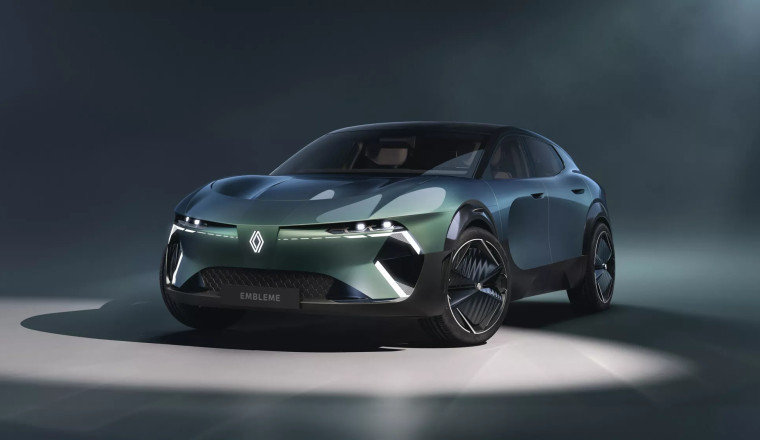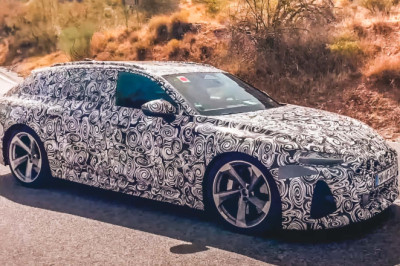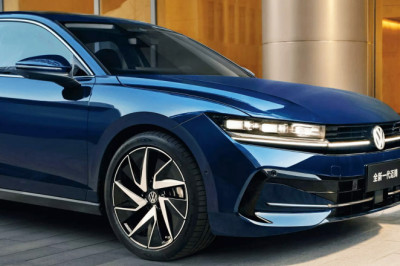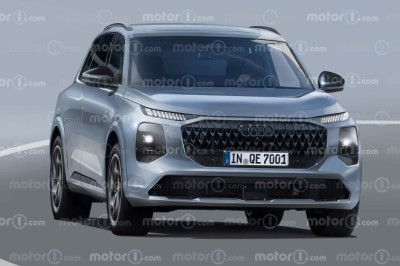
Financial Performance – First Half 2025
-
Group revenue rose 2.5% year-over-year to €27.6 billion.
-
Operating margin was 6.0% of group revenue, lower than the prior target of ≥7.0%.
-
Free cash flow was limited to €47 million, negatively impacted by a €900 million working capital build, mainly due to slower sales in June and high inventory levels.
-
Total inventory levels stood at approximately 530,000 vehicles as of June 30, down from 560,000 in March 2025.
-
Factory utilization averaged about 90%, reflecting relatively healthy production levels.
Challenges and Outlook
-
June sales were weaker than expected, impacted by retail market declines and significant competitive pressure from Chinese EV entrants.
-
The light commercial vehicle (LCV) business underperformed markedly in a sharply declining European market.
-
Renault updated its full-year 2025 guidance, now targeting an operating margin of around 6.5% (previously ≥7.0%) and free cash flow of €1.0–1.5 billion (previously over €2 billion).
-
Leadership changes include appointing CFO Duncan Minto as interim CEO following Luca de Meo’s departure.
-
Cost-cutting plans focusing on selling, general, administrative expenses (SG&A), manufacturing, and R&D are underway to support margin improvement.
Geographic Sales Breakdown (2025 H1 Estimates)
| Region | Market Characteristics | Notes |
|---|---|---|
| Europe | Core market with strong electrification push; contracting retail sales in some segments | LCV market declined substantially; inventories remain elevated |
| France | Important home market, steady volumes with new model launches | Backlog of 2 months sales orders |
| Rest of Europe | Some regional weakness but EV interest supports demand | |
| Latin America (including Brazil) | Growth region with rising demand amid some currency volatility | Local production and sales growth |
| Asia & Other | Limited direct sales; partnership with Nissan remains strategic | Nissan stake ownership impacts consolidated results |
| Africa & Middle East | Smaller market contribution but stabilizing | Focus on cost control and portfolio adjustment |
Model and Brand Performance Highlights (H1 2025)
| Brand | Best-Selling Models | Key Drivers | Notes |
|---|---|---|---|
| Renault | Renault Clio, Megane, Captur | Popular compact & crossover | New hybrid powertrains introduced |
| Dacia | Duster, Sandero, Jogger | Affordable models, fleet sales | Strong volumes in emerging markets |
| Alpine | A110 sports car | Niche premium segment | Limited volume but high margins |
| Mobilize | New mobility services & EV leases | Focus on urban mobility | Growing contribution to revenue |
Notable Model Trends:
-
The Renault Clio compact hatchback remains a volume pillar, especially in Europe.
-
Electrified versions of mainstream models like the Captur plug-in hybrid boost fleet and retail adoption.
-
Dacia models retain popularity for cost-conscious buyers and emerging markets.
-
Alpine sports models continue niche but profitable sales.
Additional Financial and Operational Information
-
Nissan’s Q1 2025 results impacted Renault’s Q2 net income by approximately -€127 million due to Renault’s 35.7% stake in Nissan.
-
Renault’s factory utilization remains strong at about 90%, despite some inventory build-up.
-
The group plans to launch seven new models and two refreshed designs in 2025 to stimulate demand.
-
Cost-saving initiatives aim to improve profitability and reduce the working capital burden.
Summary Table – Key Financial Metrics, H1 2025 Renault Group
| Metric | H1 2025 | Year-over-Year Change |
|---|---|---|
| Revenue | €27.6 billion | +2.5% |
| Operating margin | 6.0% | Down from prior guidance ≥7.0% |
| Free Cash Flow | €47 million | Significantly reduced due to working capital increase |
| Inventory units | 530,000 vehicles | Down from 560,000 in March 2025 |
| Factory utilization | ~90% | Stable production levels |
| Nissan Contribution Impact | -€127 million (Q2) | Due to 35.7% stake in Nissan |
Outlook
Renault faces a cautious outlook in the second half of 2025 with ongoing market headwinds, notably from competitive pressures in the EV segment from Chinese brands and European LCV market softness. The company emphasizes cost-cutting, upcoming model launches, and electrification as key levers for performance recovery. Leadership transition and strategic refocus also aim to position Renault for improved profitability and sustainable growth.














